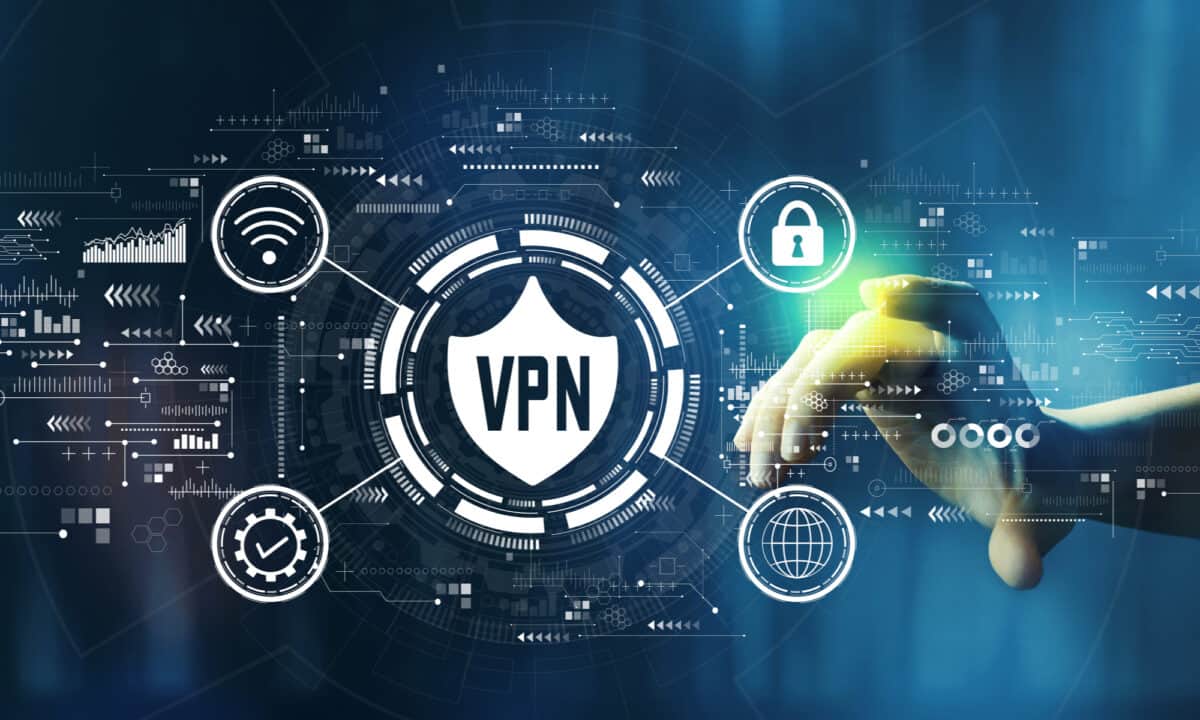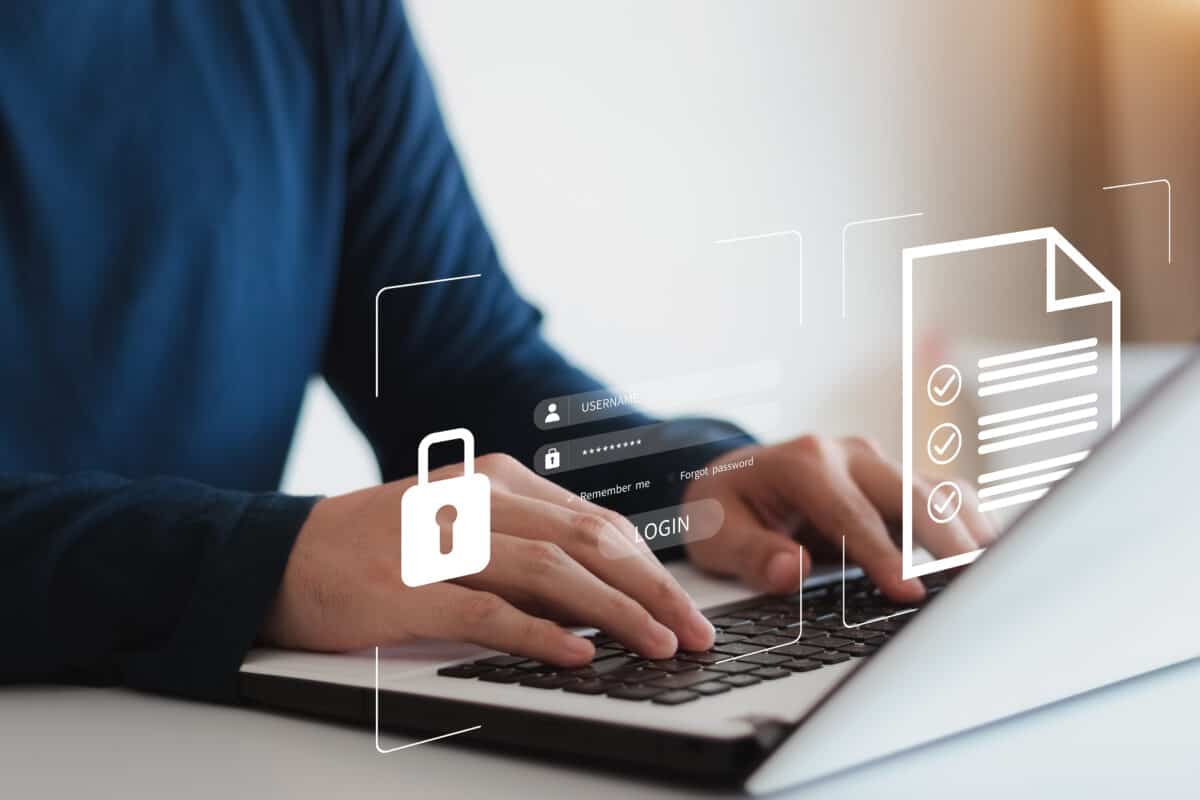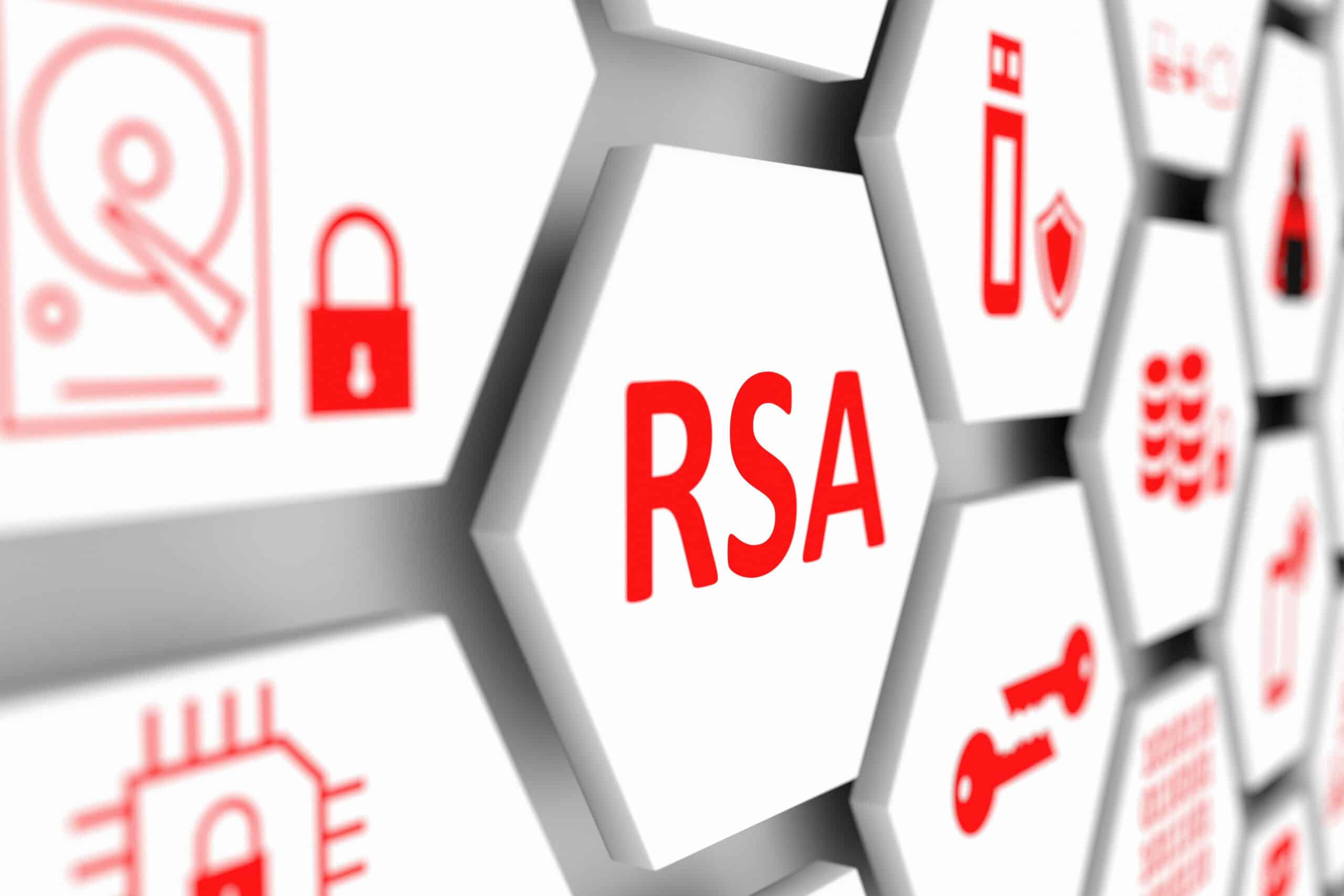RSA encryption is a widely used method of encrypting sensitive data. This method of encryption is commonly used in secure transactions like online banking, e-commerce, and email encryption. With RSA encryption, users can securely transmit data over the internet without the fear of hackers intercepting and decoding it.
Protecting Messages with RSA Encryption
The world runs on communications. From ledger checking and balancing to pen-pals, everyone has a need to transmit information. Unfortunately, not everyone is trustworthy, which means we have always had a need to send private communications.
Throughout history, mankind has found ways to hide their messages that only the correct recipient could interpret. This is called cryptography. The ability to encrypt information that requires a specific cipher or method to decode.
In the modern digital era, the use of encryption is critical to a stable and functional digital society. Without it, sensitive and personal information would be easily accessible by anyone with an internet connection.
RSA encryption is one such cryptography system, or cryptosystem, for private message decryption. RSA encryption utilizes an algorithm with public values and private values. Private values are the key to encryption. One of each of the private values is associated with each end of the message, the sender, and the receiver. The public key is what is visible for others to send messages to.
RSA algorithmic encryption is widely used for data systems over the internet, notably e-mail and other similar digital transactions.
What is RSA Encryption: Complete Explanation
In short, RSA encryption is a public-key cryptosystem technology that employs the RSA algorithm. This algorithm is centered around the difficulty of factoring very large numbers. The person encrypting a message with RSA encryption needs to find the product of two large prime numbers. These numbers are to be used as private keys. The large prime numbers are discarded to increase the difficulty of unwanted decryption.

©Nick N A/Shutterstock.com
The idea at the time was that it would take far too much processing power and time to factor out incredibly large numbers let alone to find a mystery set of large prime numbers and their products. Thus anyone trying to brute force their way into an encrypted message would be stuck wasting time on a task that would likely be irrelevant by the time the message was decoded. Meanwhile, the intended recipient would have a private key that opens the message with ease.
The effectiveness of the RSA algorithm made it the standard encryption method for vital or sensitive data. Even more so when that data needs to be transmitted across the internet. RSA Encryption is commonly employed in web browsers, email applications, and protocols,
RSA Encryption: An Exact Definition
RSA Data Security developed RSA Encryption as asymmetric public-key encryption technology. The system was created as a solution for the need to be able to send a message one way without being vulnerable to unwanted access. It uses the product of two large prime numbers and several mathematical operations to create two sets of numbers as public and private keys. Once the keys are created, the prime numbers they were derived from are entirely discarded ensuring that only the intended senders and receivers have access to the message or file.
These keys are used as encryption and decryption messages. The public key is used as a sort of address that is publicly accessible. The private key is what is held by the address holder. Without the private key, the transmitted data is an encrypted mess of nonsense. Only the correct receiver of the transmission should possess the private key.
RSA Encryption has been used as the standard for encryption online and on intranets. It is so prevalent that it is built into many software products such as Microsoft’s Internet Explorer or the new Edge browser.
How Does RSA Encryption Work?
RSA Encryption is a public key encryption algorithm. They are also known as asymmetric algorithms. This means that the sender and the receiver use different keys to encrypt or decrypt a message or transmission.
Both sides of the message are assigned a pair of keys; a public key and a private key. The public key is what will be used to encrypt the message. The private key is for decrypting the message. The public key remains available to view by anyone who might wish to send a message. However, only the private key can decrypt the sent messages. While both keys are derived from factoring large prime numbers, the private key cannot be derived from the public key.
The RSA algorithm to generate public and private keys is as follows:
- Choose two large prime numbers to represent variables p and q.
- Multiply the prime numbers to find n. So that n = p x q. n will be the modulus for encryption and decryption.
- Select a number to be e which is less than n. e and (p – 1) x (q – 1) have no common factor other than 1. e should be greater than 1 but less than φ(n), to which e is a prime to.
- Thus if n = p x q, then the public key will be (e, n). Plain text messages would then be encrypted with this public key.
- The private key is determined with the formula De mod {(p – 1) x (q – 1)} = 1 Or De mod φ (n) = 1, where (d, n) will be the private key.
In most cases, you will be able to use a development library to call pre-written calculator functions to handle this algorithm. However, you may need to create a function formula to act as your key calculator on your own.
How Do You Create RSA Encryption
RSA Encryption is included in a lot of modern software such as email applications, browsers, cloud services, messengers, and other private transmission software. More often than not, you will be able to use a built-in API with calls to encryption algorithms to quickly utilize the RSA method without having to master it entirely yourself.
In the spirit of education, here is a straightforward method for using RSA Encryption on a plain text method:
- First convert your plaintext message from an ASCII string into an array of bytes
- Then, convert the byte array into a large integer
- Using the public key created using the RSA algorithm, create a Cypher text to be sent to the recipient.
- The receiver can use the private key to decrypt the Cypher text.
Python has a third-party module that makes using RSA Encryption easier named pycrypto. Using pycrypto, examples of RSA Encryption using python might look like:
from Crypto.Cipher import PKCS1_OAEP
from Crypto.PublicKey import RSA
message = b ‘Secret message enclosed.’
with open(‘pubkey.pem’, ‘rb’) as f:
key = RSA.importKey(f.read())
cipher = PKCS1_OAEP.new(key)
encrypted = cipher.encrypt(message)
In this script, python is calling the RSA key library and the PKCS1_0AEP cipher from the pycrypto library. Then it creates a message with plain text content. After the text is defined, the last four lines import the user’s RSA public key and use the cipher to encrypt the message.
The recipient can now unscramble the coded message as long as they have the correct private key, like this:
with open(‘privkey.pem’, ‘rb’) as f:
key = RSA.importKey(f.read())
cipher = PKCS1_0AEP.new(key)
decrypted = cipher.decrypt(encrypted)
The same thing can be accomplished in other programming languages like Java, C, or C+. However, with languages like Java, you will likely need to compile an RSA Encryption method using the RSA algorithm. Fortunately, the advantage of creating a program or coding functions as RSA key calculators is they can be reused for other purposes. As Java is a bit more complicated and time-consuming to learn, I would recommend the curious to seek online tutorials for further information on writing in Java.

VPN security
©TierneyMJ/Shutterstock.com
Who Created RSA Encryption
In 1977, Ron Rivest, Adi Shamir, and Leonard Adleman published the first description of the RSA algorithm. In fact, RSA stands for all three of their last names, Rivest-Shamir-Adleman. The trio of two computer scientists and a mathematician proved to be a powerful and effective team to tackle the creation of a formula for secure data transmission.
Rivest and Shamir were widely known to have kept up with the latest in scientific papers and methods. The two were consistently thinking of new ways to apply new ideas in new places. Adleman operated as a patient and rigorous analytical aid. He made sure that any impracticalities or difficulties were quickly pointed out to avoid following flawed methods and ideas.
The trio spent a year pitching new ideas and batting them down. It wasn’t until April of 1977 when the trio spent Passover at a student’s house and drank their fair share of Manischewitz wine. Rivest spent his night unable to sleep and mulled over a math textbook. They had yet to find the answer to their essential question: “Is it possible to find a one-way function that can be reversed only if the receiver has some special information?” That night he made the breakthrough they had sought throughout their year in research. The resulting system was named RSA after the trio.
What Are the Applications of RSA Encryption
RSA Encryption is used to create coded transmissions or messages. The RSA system is often used in conjunction with other encryption methods to boost the security of sensitive protocols and information. As a standard encryption method and protocol, it is prevalent in nearly all internet-connected software with a need for data security. In the modern age, this includes almost every electronic device.
Another prevalent and growing application is in VPN use. RSA is often used to secure connections between VPN clients and servers. TLS handshakes can use the RSA algorithm to pass around keys and secure the channel.
In any system using the PGP encryption method, the RSA algorithm is in play. Which is what created the heavy use of RSA in web browsers, chat, email, and VPNs.
Examples of RSA Encryption In the Real World

TLS is the standard protocol today for computer network security.
©Thapana_Studio/Shutterstock.com
Here is a list of different software application types that use RSA Encryption or parts of the RSA cryptosystem:
• Email Providers (Gmail, Outlook, proton mail, iCloud)
• Web Browsers (Edge, Chrome, Opera, Brave)
• VPNs (OpenVPN, SSTP protocol)
• Chat Rooms and Messengers
• Secure Communications Channels
• Peer-to-peer data transfer
With so much more of today’s technology relying on digital communication and data transfer, RSA and other encryption methods are becoming more important and prevalent in everyday use. From the need to secure financial information and transactions to secure military communications, there will always be a need for secure and private data transmission. Even in a world with the growing sentiment around ‘privacy is dead’, privacy protocols can still find a way to rise and turn the tide.
Next Up…
- PNG vs. JPG Full Comparison
- Firefox vs. Chrome Full Comparison
- HTTP vs. HTTPS Full Comparison
The image featured at the top of this post is ©Profit_Image/Shutterstock.com.







